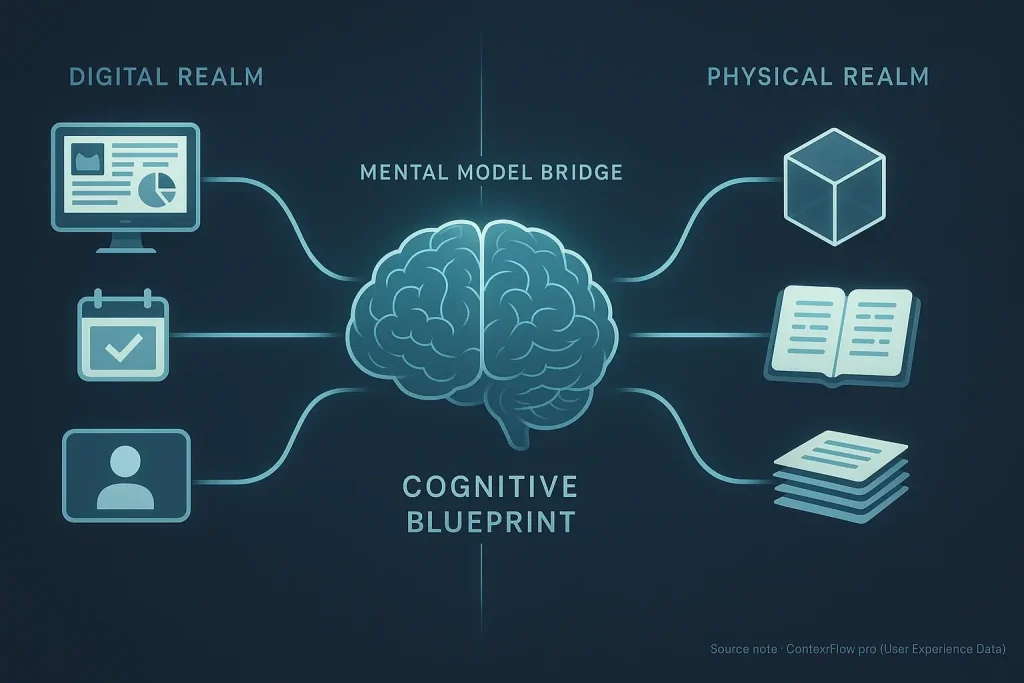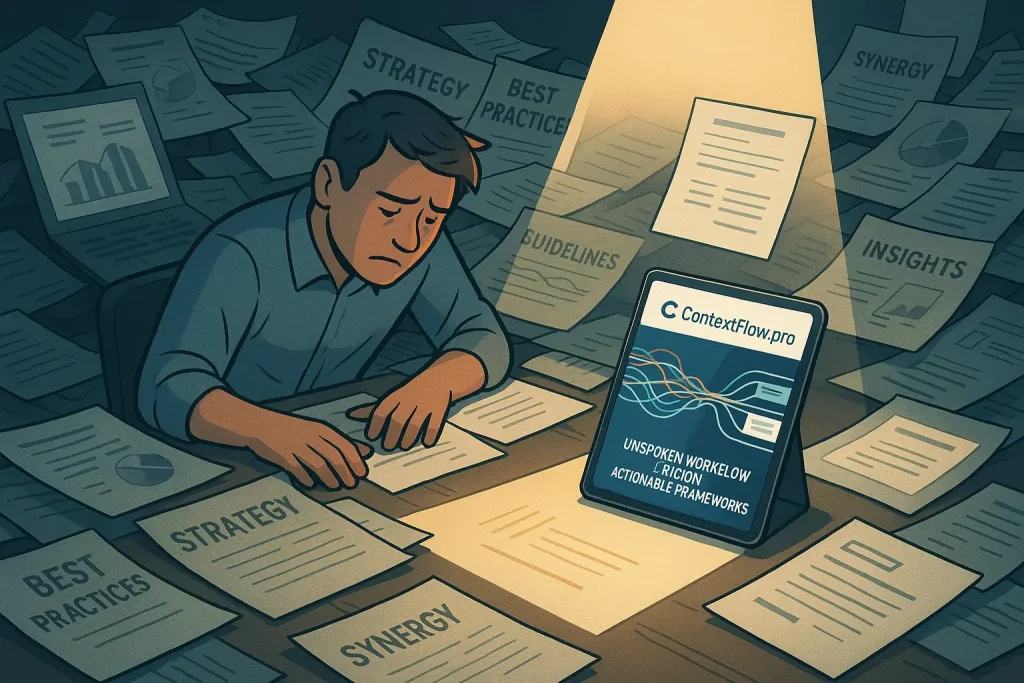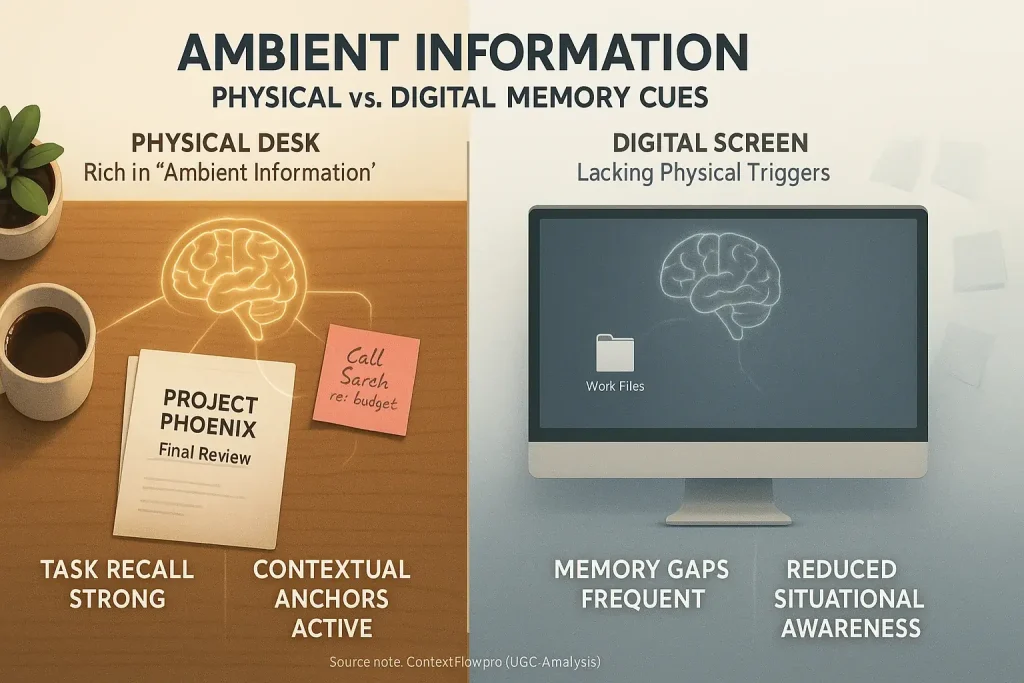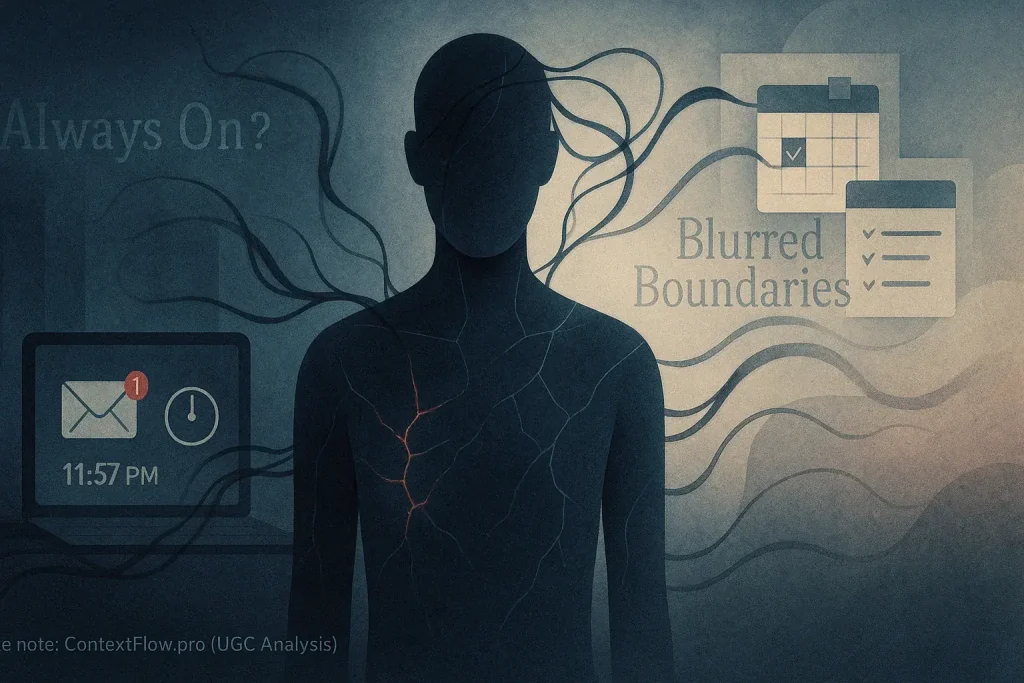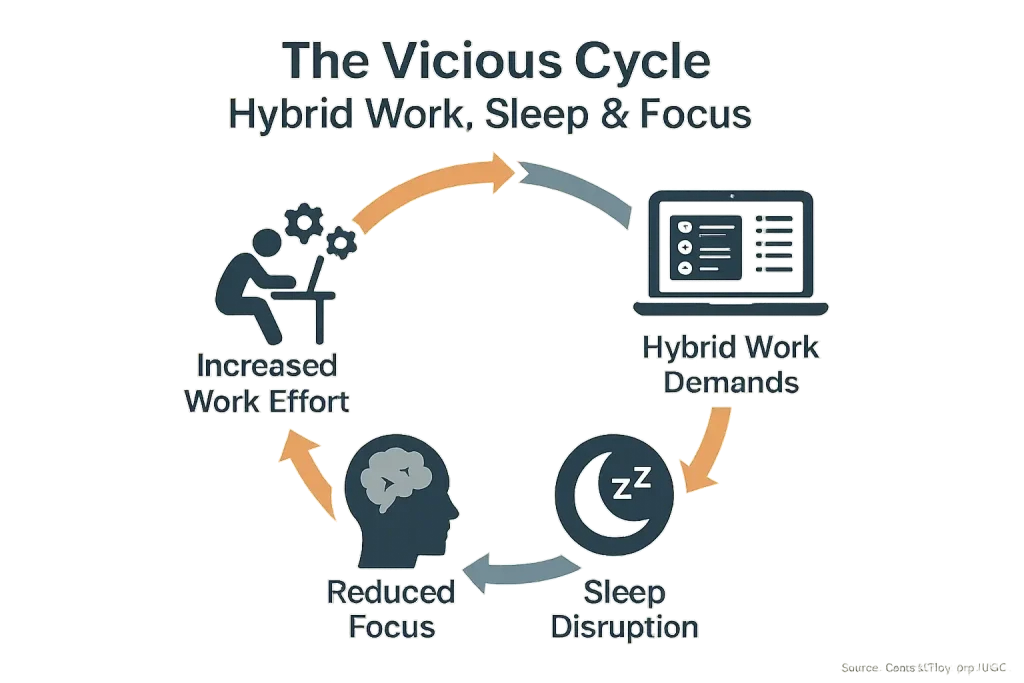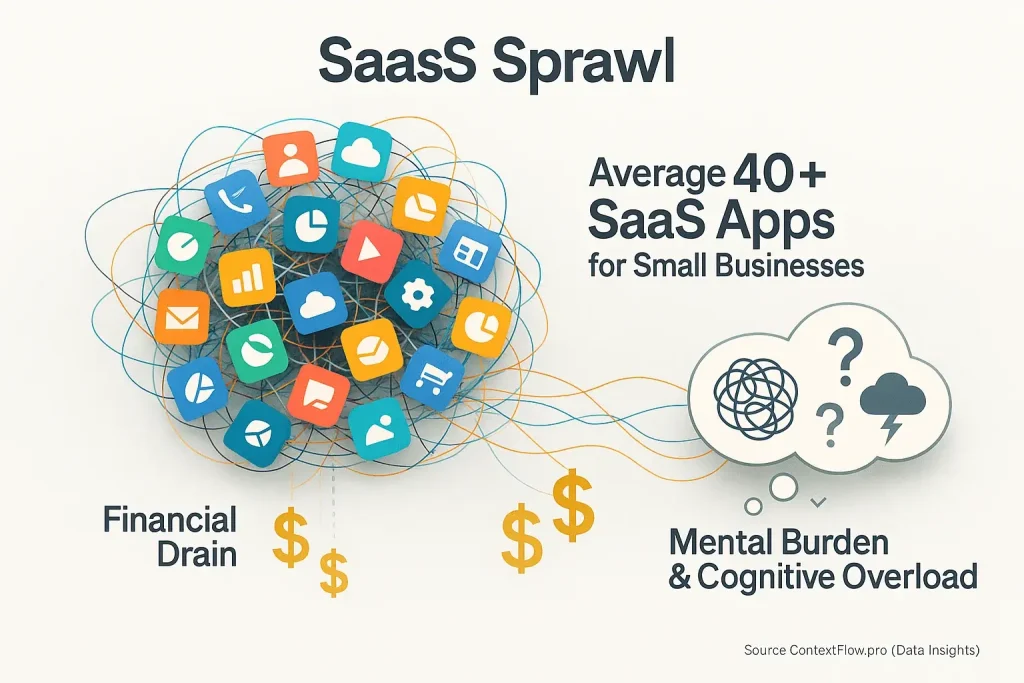Digital Noise, Physical Chaos: Understanding Hybrid Work Sensory Overload

Constant pings demand your attention. Background noise disrupts your thoughts. Sound familiar? Hybrid Work Sensory Overload defines this state of being overwhelmed. It stems from the relentless influx of both digital notifications and environmental stimuli. Our UGC analysis clearly shows this is not merely about 'distraction'. This overload profoundly impairs focus and escalates stress for many professionals.
Hybrid work environments uniquely exacerbate this problem. They blend digital demands with physical space interruptions. The result? A constant barrage. Users frequently report feeling perpetually 'on edge.' This unspoken truth, revealed through countless shared experiences, highlights a chronic inability to find true mental quiet. Managing this combined assault on the senses is a significant challenge. Mental exhaustion often follows.
This section explores Hybrid Work Sensory Overload in detail. We will dissect the specific digital triggers. We will also examine the physical chaos contributing to it. Our data synthesis uncovers user-tested coping mechanisms. These strategies offer practical paths to relief. Understanding these elements helps you fight back. You can explore detailed trigger analysis on our page discussing the hybrid work focus paradox. The aim is to empower you.
Death by a Thousand Pings: The Digital Sources of Sensory Overload
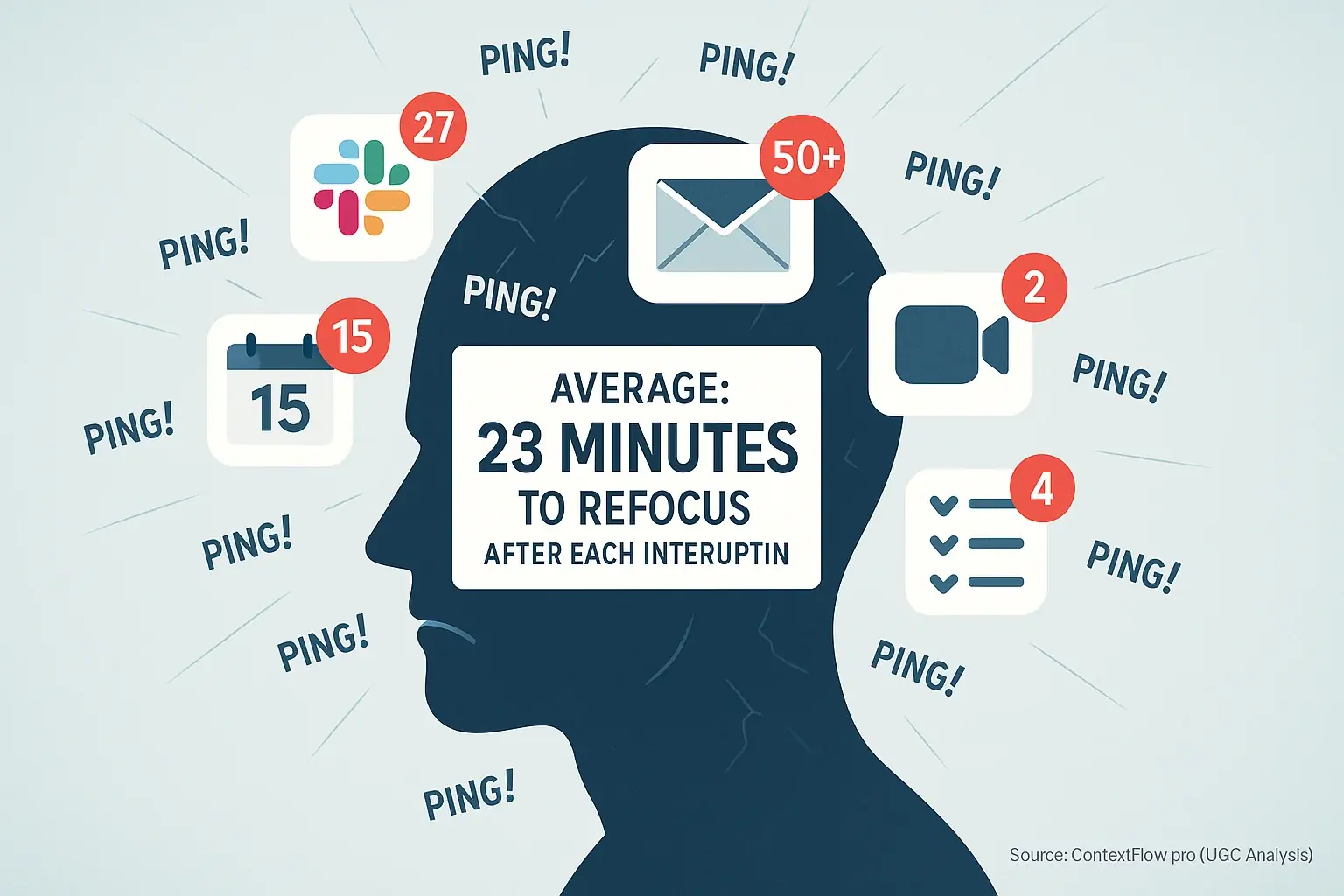
Users frequently describe a state of "death by a thousand pings." This is not mere annoyance. It is a relentless digital barrage. Notifications from email, Slack, project management tools, and calendars create constant interruptions. Imagine trying to complete one focused task. An email alert sounds. Then a chat message pops up. A project update flashes. Your concentration fragments. User reports confirm this experience: "ping fatigue" sets in quickly, overwhelming cognitive capacity and derailing productive work.
Multiple screens often worsen this digital sensory overload. Dashboards display ever-changing data. Chat windows persistently demand visual attention. This constant visual input contributes significantly to what users term "visual fatigue." Our analysis of feedback shows people feel their eyes and minds are strained. The digital workspace, intended for efficiency, becomes a source of visual overstimulation. This makes sustained focus exceptionally difficult for many hybrid workers.
The pressure to be "always on" amplifies mental exhaustion. Many feel compelled to offer instant digital responsiveness. This expectation extends even to asynchronous communication channels. This perceived need for constant availability creates a pervasive undercurrent of stress. Users report feeling mentally drained. The inability to truly disconnect from digital demands is a major contributor to burnout in hybrid environments.
This ceaseless digital input directly impairs your ability to concentrate. Retaining context becomes a daily struggle. Each notification, each visual demand, chips away at deep focus. The cumulative effect? Fragmented attention and reduced productivity. This digital onslaught is a core challenge we investigate at ContextFlow.pro. You can find more on managing this specific issue in our deep dive on Notification Hell.
Beyond the Buzz: Physical Distractions Fueling Sensory Overload in Hybrid Spaces
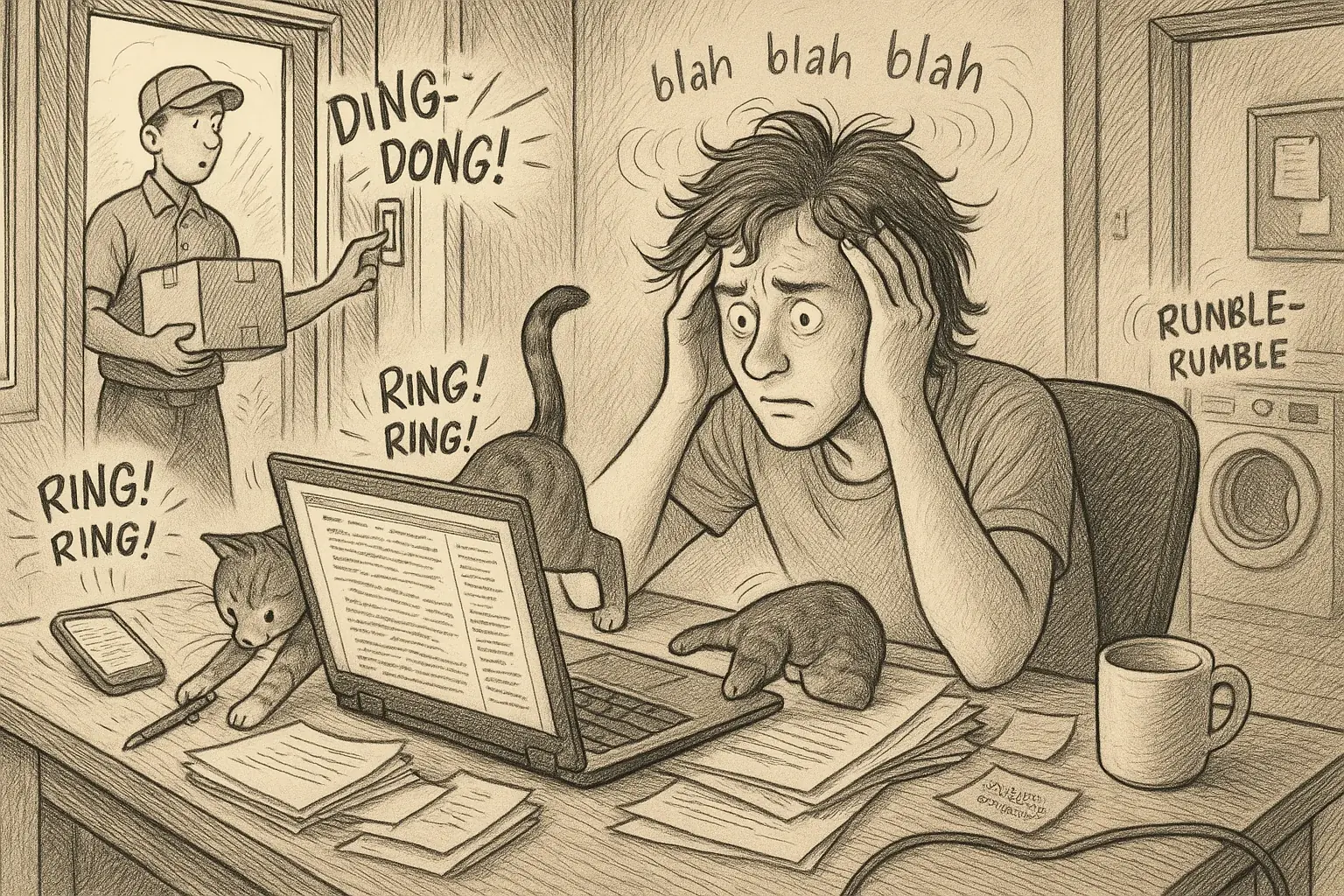
Physical spaces rarely offer pure quiet. Your home office proves this. Imagine: deep focus on a task. Then, the doorbell blares. A delivery. Your concentration shatters instantly. Soon, the washing machine starts its aggressive spin cycle. Household chores create a persistent to-do list in your peripheral vision. User experiences consistently highlight these interruptions. They are not minor. These physical distractions compound, fueling sensory overload. Many assume home is uniquely chaotic. Yet, our UGC research on home office myths paints a more nuanced reality.
The traditional office is not an automatic escape. Far from it. Open-plan designs are notorious. Ambient noise becomes a constant hum. Nearby colleagues engage in spontaneous conversations. Phones ring. Keyboards clatter. Visual noise also contributes significantly. People move constantly. Desks overflow. Even office equipment adds to the auditory landscape. These distractions differ from home. They are equally potent. The idea of the office as a guaranteed focus haven? Often a myth.
These physical stimuli relentlessly bombard your senses. Digital notifications then layer on top. Your brain enters a state of continuous alertness. Always scanning. Always ready for the next interruption. This drains cognitive resources. Subtly at first. Then overwhelmingly. Sustained concentration becomes a battle. What is the result? Diminished productivity. Increased stress. This combination creates a potent recipe for burnout. The physical environment demands your attention.
Ignoring these tangible interruptions is a mistake. It is as damaging as letting digital pings run wild. True context flow requires managing both physical and digital environments. Your surroundings profoundly impact your ability to think deeply. Professionals seeking peak hybrid productivity must address this. Are you actively shaping your physical workspace for focus? Or is it shaping you?
The Hybrid Overload Amplifier: When Digital Noise Meets Physical Chaos
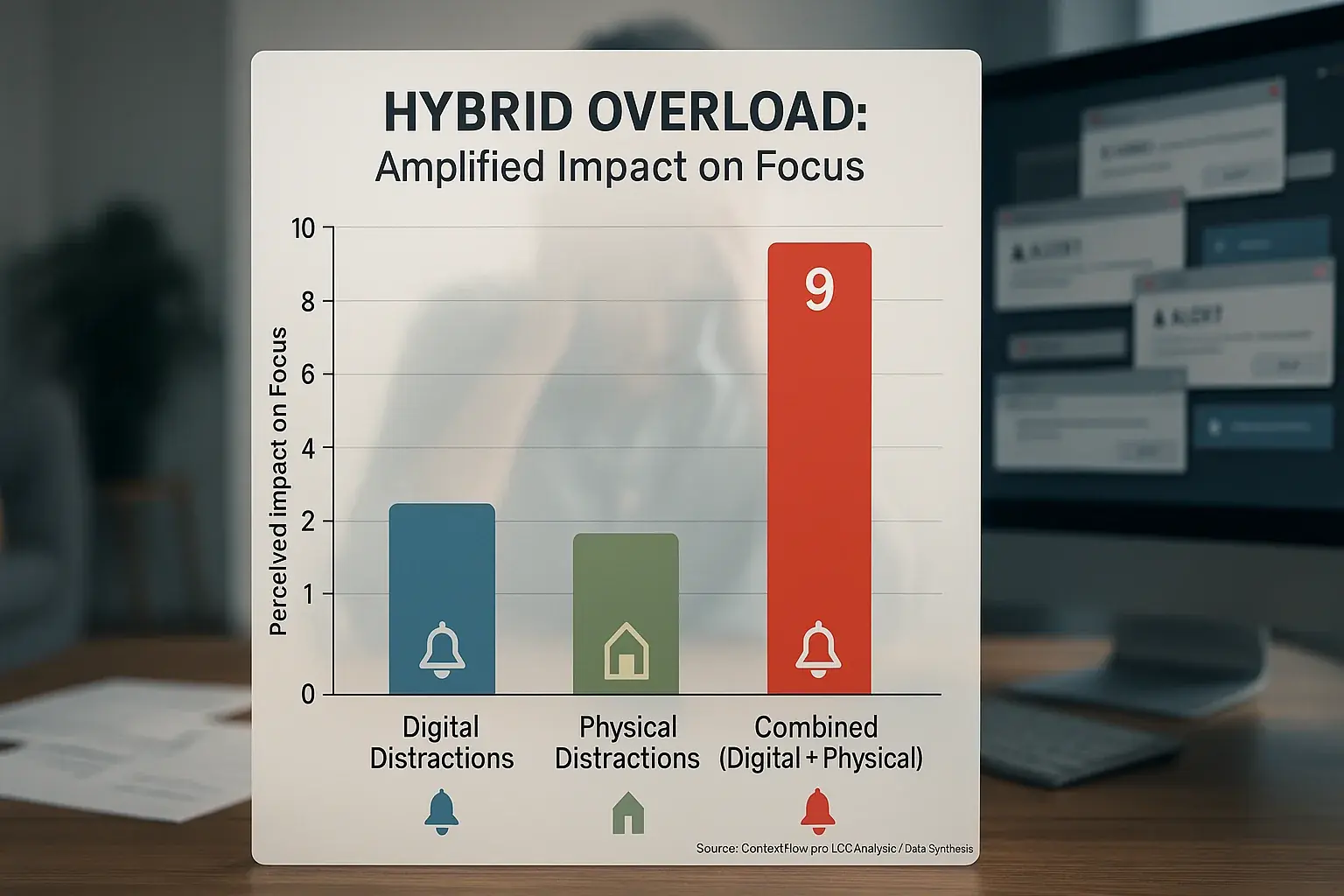
Hybrid work introduces a unique challenge we call the 'hybrid overload amplifier'. Digital pings and physical household demands do not merely add. Their negative impact on your focus actually multiplies. You are constantly juggling two different types of disruptive 'balls'. One set is digital. The other is physical. This constant switching drains your mental reserves faster than you might realize.
This amplified overload carries a significant cognitive cost. Your brain works relentlessly. It tries to filter out a constant barrage of irrelevant stimuli from both environments. This filtering process itself is exhausting. Many professionals report feeling profoundly mentally drained by midday, their capacity for deep, concentrated work severely diminished. The mind simply cannot sustain such high-level filtering for long periods. Exhaustion becomes the norm.
Here is an unspoken truth we have seen echoed in countless user experiences. This combined sensory assault makes achieving a genuine flow state exceptionally difficult. Sustained focus becomes a rare commodity. Your location, whether home or a supposedly quiet office corner, offers little defense against this dual-front assault on attention. The problem is systemic to the hybrid model itself if not managed.
The result? A persistent state of heightened 'alertness'. Your nervous system remains perpetually primed for the next interruption, digital or physical. This constant vigilance is a primary, yet often overlooked, contributor to widespread mental fatigue. It is a direct path to burnout. Addressing this amplified overload is crucial for sustainable hybrid work success. Understanding this dynamic is the first step.
Reclaiming Your Calm: User-Tested Strategies for Taming Sensory Overload
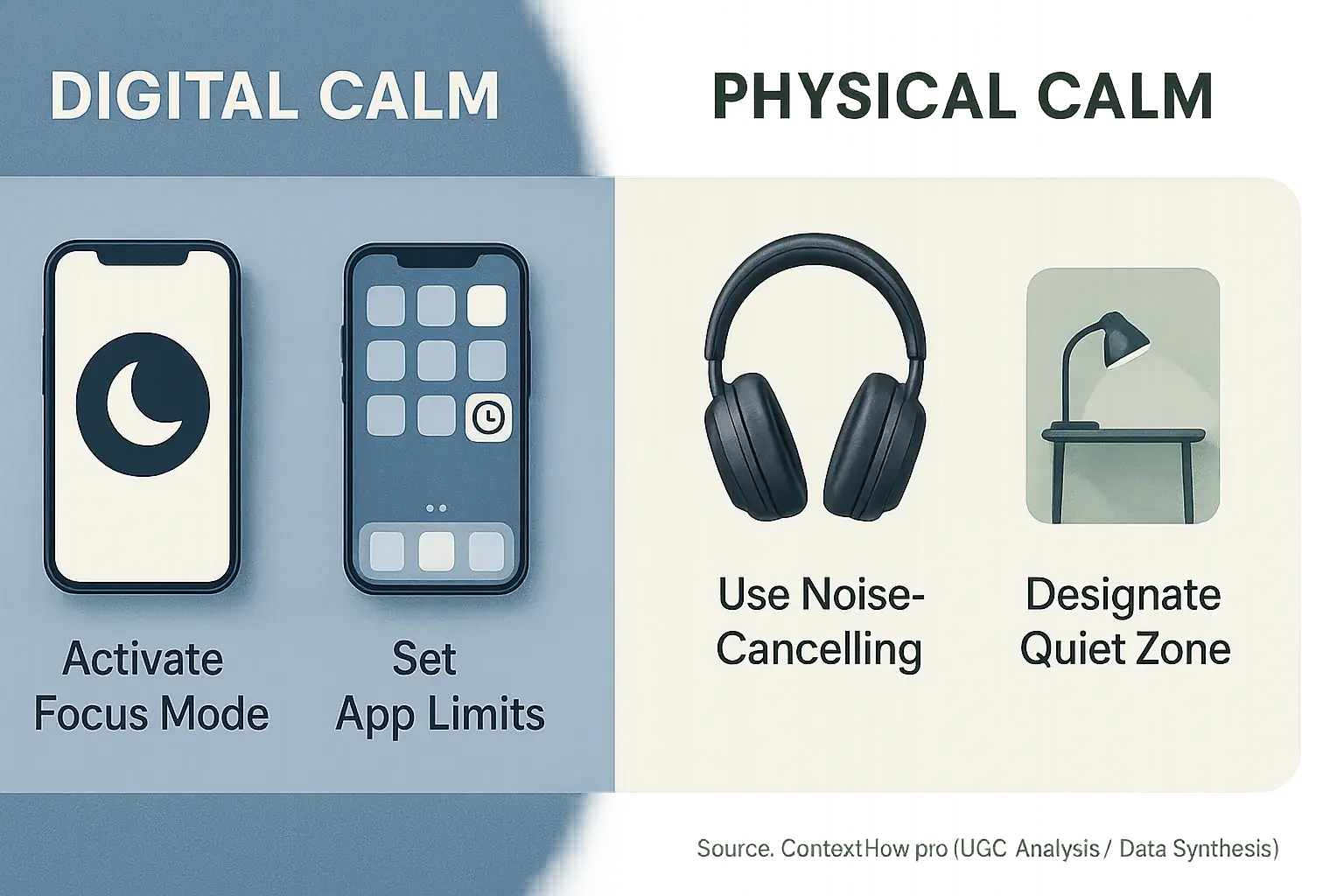
Hybrid work presents unique sensory challenges. Constant pings. Blurred home-office lines. Users, however, are not passive. Our research into UGC reveals a wealth of practical tactics. These are not theoretical fixes. They are real-world methods individuals use daily. People are actively fighting back against sensory overload. They are finding ways to reclaim calm and focus.
Managing digital bombardment is a top priority. Users share many effective approaches. Our analysis of these experiences highlights several key strategies. Consider these for your digital toolkit:
- Notification Batching: Users consistently report that scheduling two or three "notification check-ins" daily, instead of constant monitoring, dramatically cuts down on mental whiplash. This practice helps you control technology, not the other way around.
- Strategic App Use: Many individuals find success using website blockers or app timers. This limits access to distracting platforms during crucial work periods. Some users even delete problematic apps from their phones entirely, or move them to less accessible folders, embodying principles of Digital Minimalism.
- The Pomodoro Technique: This focus method is a user favorite. Work intensely for 25 minutes. Then take a short break. Repeat. Users say this structured approach helps maintain concentration and prevents digital fatigue.
- Intentional "Do Not Disturb": Activating "Focus Mode" or Do Not Disturb on devices is a simple, powerful step. Users leverage this to create uninterrupted work blocks. It signals availability on your terms.
Physical environment control is equally vital for managing sensory input. Your surroundings profoundly impact your ability to concentrate. User experiences point to several effective tactics for creating a calmer physical workspace. These often involve thoughtful Environment Design. Here are common solutions:
- Noise Mitigation: Noise-cancelling headphones are a consistent top pick in user discussions. They provide an instant sanctuary from household sounds or shared office chatter. Earplugs also offer a low-tech, effective alternative for many.
- Dedicated Focus Zones: You do not need a separate room. Users emphasize that even a small, dedicated corner, clearly designated as a "no-interruption zone," works wonders. This physical boundary reinforces mental focus.
- Clear Household Boundaries: This is crucial for those working from home. Users stress that simple, clear communication – "I'm in a focus block until X time" – can prevent many interruptions from family or housemates. Consistency is key here.
- Sensory Decluttering: A visually calm workspace often translates to a calmer mind. Users frequently mention the benefits of minimizing clutter, organizing cables, and ensuring their immediate environment is free from unnecessary visual stimuli.
No single strategy works for everyone. The path to taming sensory overload is personal. Experiment. Our analysis of user experiences shows that individuals often combine several techniques. They adapt. They refine. The goal is to discover what uniquely supports your focus and well-being. Try these user-tested methods. Find your calm.
Beyond Coping: When Sensory Overload Signals a Deeper Issue
Coping strategies help. But what if overload persists? Severe sensory overload symptoms sometimes point to deeper issues. We see this in user discussions. Chronic fatigue, constant anxiety, or sharp irritability are serious signals. Impaired concentration, despite your best efforts, is another. Your mental wellbeing is paramount. You must recognize your limits.
Severe symptoms demand action. We strongly advise seeking professional medical or mental health support. This is crucial for lasting relief. Sometimes, your work environment itself is the primary stressor. Consider discussing systemic issues with management. Addressing these root causes can prevent burnout. For more on this, explore our Wellbeing & Burnout hub.

